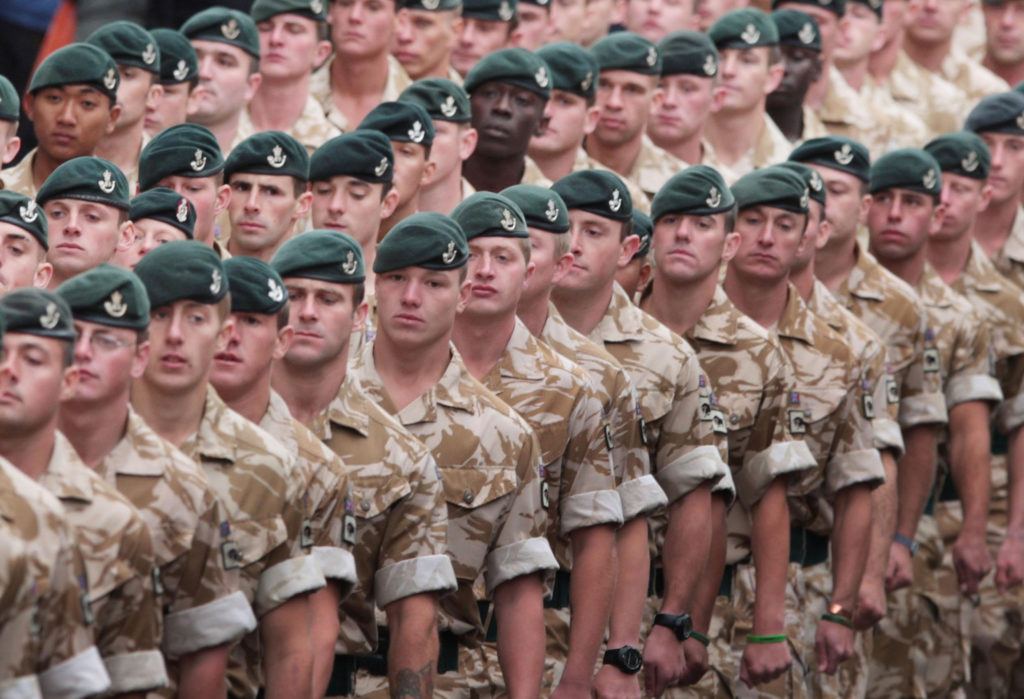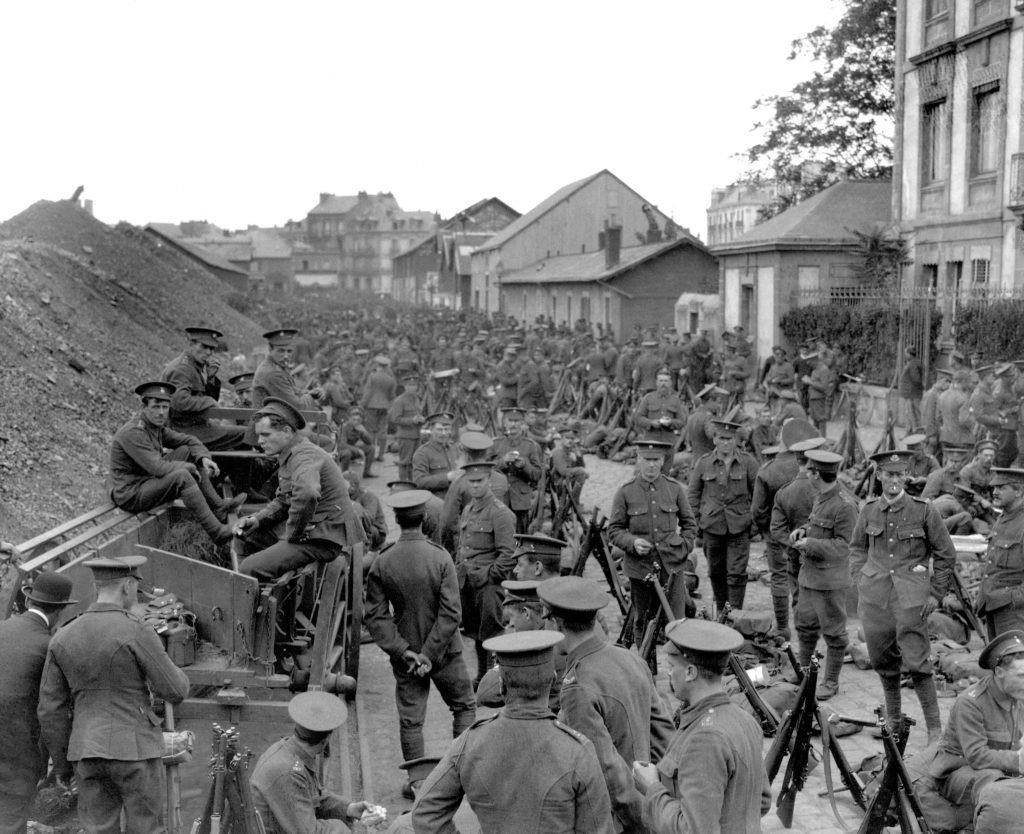British soldier in Helmand, Afghanistan. Credit: Ben Birchall/PA Archive/PA Images
The Greeks had a word for ‘army’ – stratos, meaning simply ‘a body of men’. The Romans had an even better one – exercitus, meaning, in the abstract, ‘work’ or ‘training’. The Romans thereby defined their army not so much by what it looked like – its form – but by what it did.
I was minded of this on Saturday at the Royal Military Academy Sandhurst, where the Chief of the General Staff, Sir Nick Carter, was addressing the Territorial Army’s annual ‘symposium’. Or rather, the Reserves, as the old TA is now called, better to reflect its purpose – that it is no longer specifically for home defence, but a pool on which the regular Army can draw. In fact, the TA hasn’t been confined to territorial defence since the First World War, but the brand name was good, like the United States National Guard. Now the name seems a bit dated, as well as giving the impression that Britain has two armies, when in fact the regular Army can’t go to war without substantial support from the reserves.
Indeed, some would say that if you add up the reserves (about 30,000) and the regulars (about 80,000), you still don’t have an Army worth the name. Just before the fall of the Berlin Wall on 9 November 1989, the TA stood at the same figure as today’s regulars, who were themselves twice their present size.
Writing of the commander-in-chief, the Duke of Wellington, struggling to cope with the Whig government’s retrenchment in the 1830s, Sir John Fortescue, the Army’s greatest historian, concluded: “Wellington’s care was less to improve the army than to save it from destruction.”
The same might be said of successive CGSs since that day in 1989.
Certainly Sir Nick Carter, already struggling to find savings in the budget previously allocated to the Army because of inflation and the fall of the pound, must have baulked at the news last week that the services must find a further £300 million to cover a rise in the cost of replacing Britain’s Trident submarines. To avoid cutting manpower or re-equipment programmes, the only thing he can do is cut ‘activity levels’, i.e., training – ‘work’ or exercitus. So the Army becomes more defined by its form than by what it does.
“In times of war and not before, God and the soldier we adore”
Unlike the other two services, however, in peacetime the Army’s form – its size and shape – is difficult to justify in strictly occupational terms. The Royal Navy is responsible for the strategic nuclear deterrent 24/7 and minds the nation’s sea approaches (some of which, Britain being a maritime trading nation, are very distant). The Royal Air Force is responsible for the air defence of the United Kingdom 24/7 (including the Falklands) and for strategic lift (the capability to transport personnel, equipment and stores). The RAF’s ability to operate on the far side of the world when necessary is a crucial asset for a globalised nation. Only the United States Air Force shares this capability, which is as much the product of history as of physical assets.

 Main Edition
Main Edition US
US FR
FR








Join the discussion
Join like minded readers that support our journalism by becoming a paid subscriber
To join the discussion in the comments, become a paid subscriber.
Join like minded readers that support our journalism, read unlimited articles and enjoy other subscriber-only benefits.
SubscribeIt would assist future proofing Britain’s interests if at least a few of the critical decision makers in Westminster had some direct, first hand knowledge of the Armed Forces. But precious few have. Consequently it stands to reason that the UK is only a short step away from poor purchasing, inept costing and weak analysis. All of which have potentially disastrous outcomes.